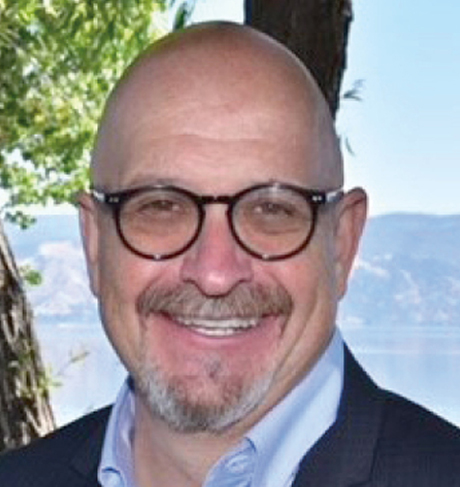
s a superintendent, it was my responsibility to maximize services to all students, but my resources (people, systems and budget) did not always align with identified needs. It is a recurring challenge: how do we expand our capabilities in a way that strengthens our student programs in both the short and long term?
This was, and is, especially true when considering student behavioral and mental health. To guide our thinking, I would ask four questions of my leadership team. These questions are especially pertinent now as districts have an unprecedented opportunity to enhance these programs through the Elementary and Secondary Schools Emergency Relief (ESSER) funding and the $4.5 billion in funding available through Gov. Gavin Newsom’s “Master Plan for Student Mental Health” initiative.
The following are questions that leaders should be asking to help build effective behavioral and mental programs for their students.
Ensure you discuss the likely duration of the challenge your district is facing and solicit advice from the team that is closest to the challenge.
Could our existing resources (people and time) be restructured to meet the need? If the need is for temporary crisis counseling, could the district bring in other counselors or mental health professionals from your other district schools? That would be the most cost-effective measure for a short-term need. This approach, of course, will only work if these counselors have additional capacity to support more students.

If you have a position or set of skills that you have identified as the need, I encourage you to first seek candidates among your current staff. Professional development opportunities are always appreciated, and there may be team members that would embrace the opportunity to upskill. There are many different instructional and specialist positions that would benefit from additional behavior training. Enhancing behavior management yields benefits from the classroom to the cafeteria. Many teachers and administrators are not fully conversant with Applied Behavior Analysis (ABA) principles but would benefit from a deeper understanding of how to successfully navigate a difficult behavioral situation with a student, or how to build a more effective classroom management system.
If you have the time to build a behavior program, then embed the professional development activities with your team. Situations do arise where a specialist may be needed on a short-term or long-term basis. As a superintendent, I had a student with considerable mental and behavioral needs that led me to bring in a Board-Certified Behavior Analyst (BCBA). She worked with the student and staff to create a stable and consistent environment. The BCBA’s work with both the student and the staff was so beneficial that we retained her as a long-term resource for the entire team.

In conclusion, answering these four questions will help identify the planning and next steps for your district. I want to thank you for your work and dedication to providing for the needs of the whole child, including their behavioral and mental health.
Will McCoy is a former California school district superintendent and vice president of Strategic Partnerships for Invo Healthcare, Inc., where he works directly with districts to meet the specific behavioral and mental health needs of their student populations. Contact Will at wmccoy@invohealthcare.com.